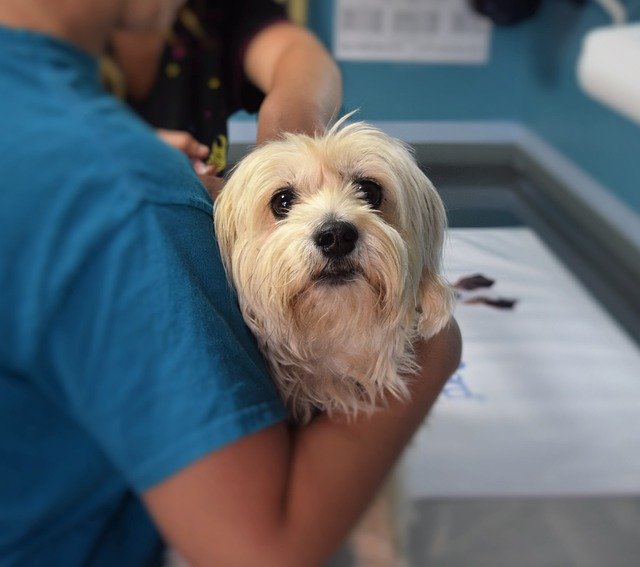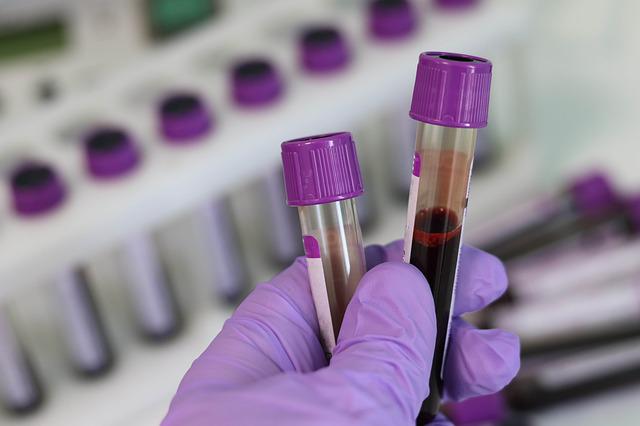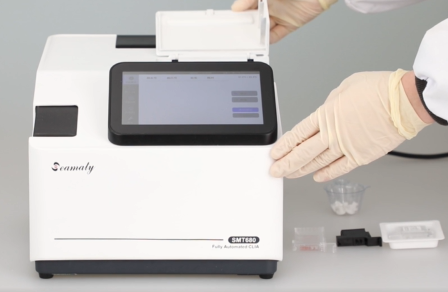release time:2021-12-16 16:40:34

Seamaty's vet chemistry analyzer SMT-120VP can quickly detect your pet's physical condition. For example, our comprehensive plus, health check and diabetes test parameters are a good way to check the health of your pet.

2024-01-10
Ditch manual drudgery & embrace automated ease! Say goodbye to time-consuming chemistry analysis with the Seamaty SD1. This revolutionary analyzer delivers faster, more accurate diagnoses with minimal effort & sample volume. Streamline workflows, reduce errors, & improve patient care - learn how the SD1 empowers smarter diagnostics today!

2022-04-07
Lipemic specimens are a common cause of interference in clinical tests. The CM and VLDL in lipids are suspended particles that interfere greatly with the colorimetric or turbidimetric methods commonly used for biochemical testing.

2021-12-07
In the previous article, we shared the production process of biochemical reagents. Today, let's understand the main production process of chemiluminescent reagents (taking chemiluminescent enzyme immunoassay with microplate carrier as an example).